Try it Again, Honda
In the 90’s, they pioneered the crossover segment with the HR-V. Now, Honda is making a late comeback to the most vibrant sector of the market. And
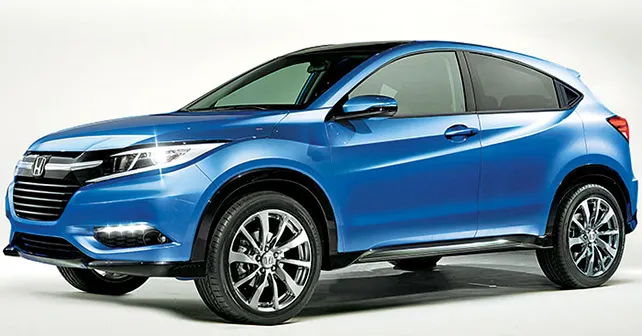
In the 90’s, they pioneered the crossover segment with the HR-V. Now, Honda is making a late comeback to the most vibrant sector of the market. And if its small 4x4 (scheduled to release in 2015) is any indication, the wait might have been well worth it.
It could well be the model to make a major impact for Honda – in Europe and elsewere. At least as far as the problematic European market is concerend, the love story with the Japanese brand is now a distant memory from the 90’s. And yet, being a car of such strategic importance, the compact SUV will take its own sweet time before landing in any dealership. According to the most optimistic estimate, it won’t be released for at least another year-and-a-half. In fact, following the release of the Urban SUV concept at the Detroit Motor Show in January, Honda is expected to debut the production version at the Tokyo Motor Show later this year – followed by a release in the American market by summer of next year, in Europe sometime between the end of 2014 and the beginning of 2015, and, finally, in India sometime in 2016.
One of the reasons for the delay is purely technical – the small SUV will be made using the platform of the new Jazz, which should come out more or less at the same time next year. Besides Japan, it will also be built in a brand new manufacturing plant in Celaya, Mexico, which will be completed only in the Spring of 2014. In other words, it’s hard to see the car being launched before this assembly plant is up and running.
The close technical bond with the Jazz should not, however, create the idea of a miniature SUV. The Urban SUV concept seen in Detroit measured 4.3 metres in length, and the production version should have similar dimensions. Also, the concept version had the appearance of a car virtually ready for showrooms, as Mike Accavitti, the head of the American arm readily admitted, “It’s fairly faithful to the production version to come.” One of the modifications, confirmed by Honda, will be carried out in its traditional layout. The fuel tank will be centrally located in order to free up room under the rear seats, allowing versatility in transport capability that’s found only in a handful of its rivals. If we consider that it’s going to be bigger than the Jazz, and that it will adopt the patented Magic Seat configurability, then it’s easy to anticipate first-class space and practicality.
The range of engines will be drawn from the Jazz with the modern petrol i-Vtec of the Earth Dream technology series. For the European and Indian markets, however, it’s certain to be launched with the new 1.6 turbo-diesel. Though quite late, this small SUV should allow Honda to make room for itself among the compact SUV sector – perhaps the only product able to drive up sales numbers for the carmaker during these times of a sales slump.
Managing the Most Challenging Markets
Manabu Nishimae has been the president of Honda’s EMEA (Europe, Middle East, and Africa) region since 2010, following stints in different parts of the globe. A tough challenge. In 2012, Europe’s market shrunk by 8.2%
Interview with Manabu Nishimae (Honda Europe)
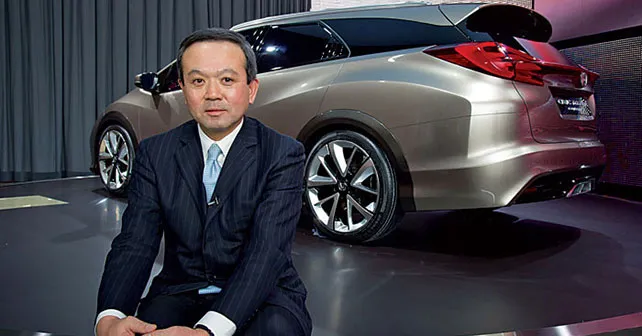
FROM THE BRITISH MANUFACTURING UNIT ONLY THE CR-V, CIVIC, AND ITS OFFSHOOTS
However strategic the small SUV might be in Honda’s European strategy, there are no plans to produce it in Europe. This is stated quite clearly by Manabu Nishimae, President of Honda Europe.
Why not consider local production of such an important model?
Given the current economic picture, we need to reduce our exposure in Europe. For the last three years, we’ve been losing money. We need to reverse this trend without damaging the brands’ image. So, we need to rationalize our activity and cut costs without it resulting in a deteriorated product lineup. This is why we decided to move the production of the Jazz from the UK to Asia, while our plant in Swindon will focus on just two platforms – the CR-V and Civic. And when I say Civic, I mean not only the sedan, but also its offshoots.
Such as?
Well, the station wagon, for example – the concept version of which we’ve already showcased in Geneva. The production version is expected by next year. And then there’s the Civic Type-R.
All said and done, what is the production volume expected at Swindon this year?
The plant’s capacity is close to 240,000 cars a year, which also corresponds to the target we had set ourselves a year-and-a-half ago. Today, however, we are not able to achieve those numbers in the market. So we’ve decided to reduce production to 150,000 units.
Pretty drastic cut…
That’s because we want to maintain profitability, even if it comes at the cost of lower sales volumes. We don’t want to resort to savage discounts the way some manufacturers do. It’s not part of our policy.
© Riproduzione riservata


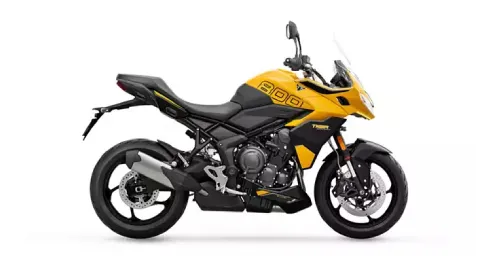
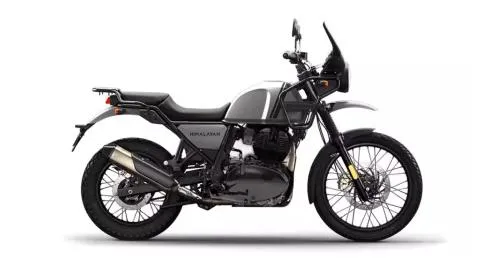


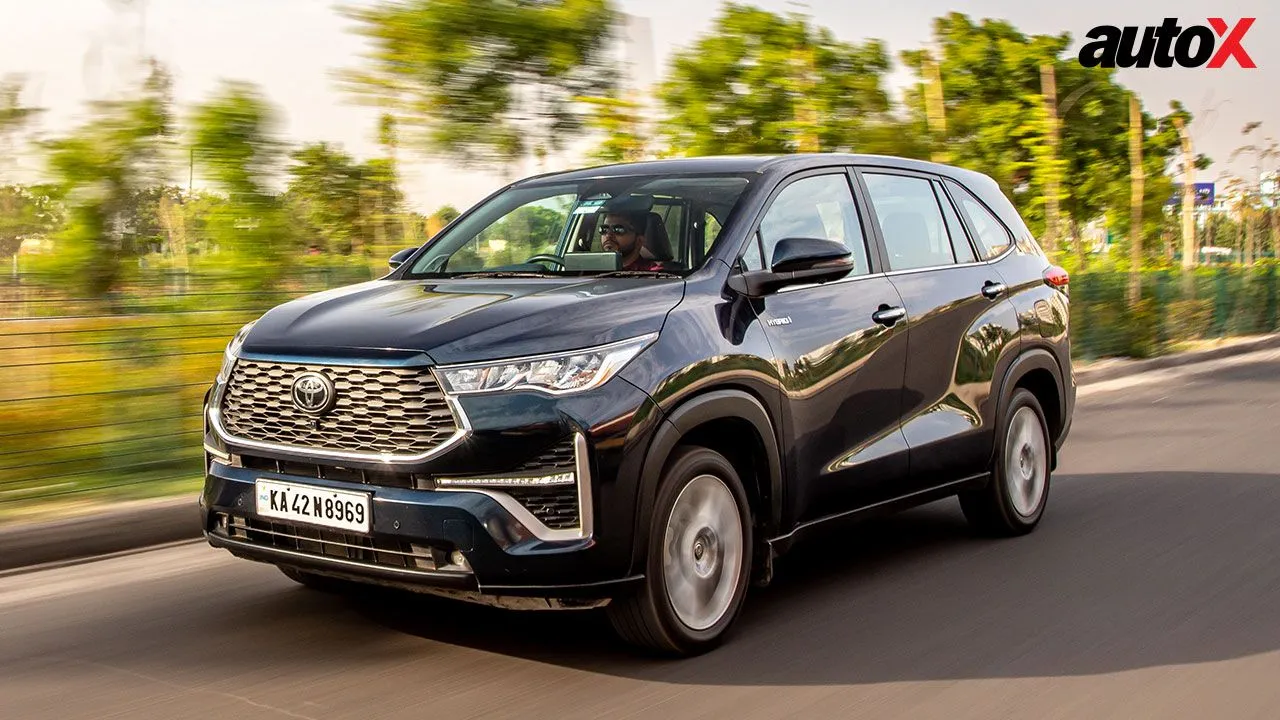
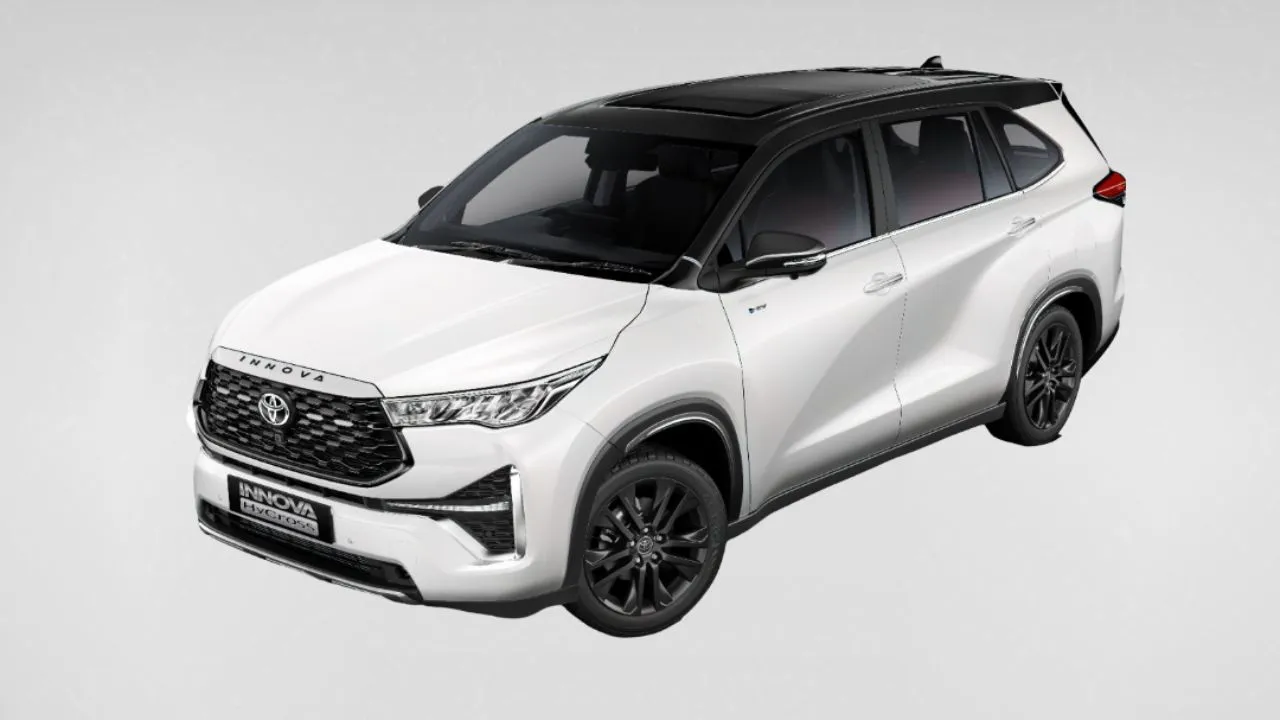
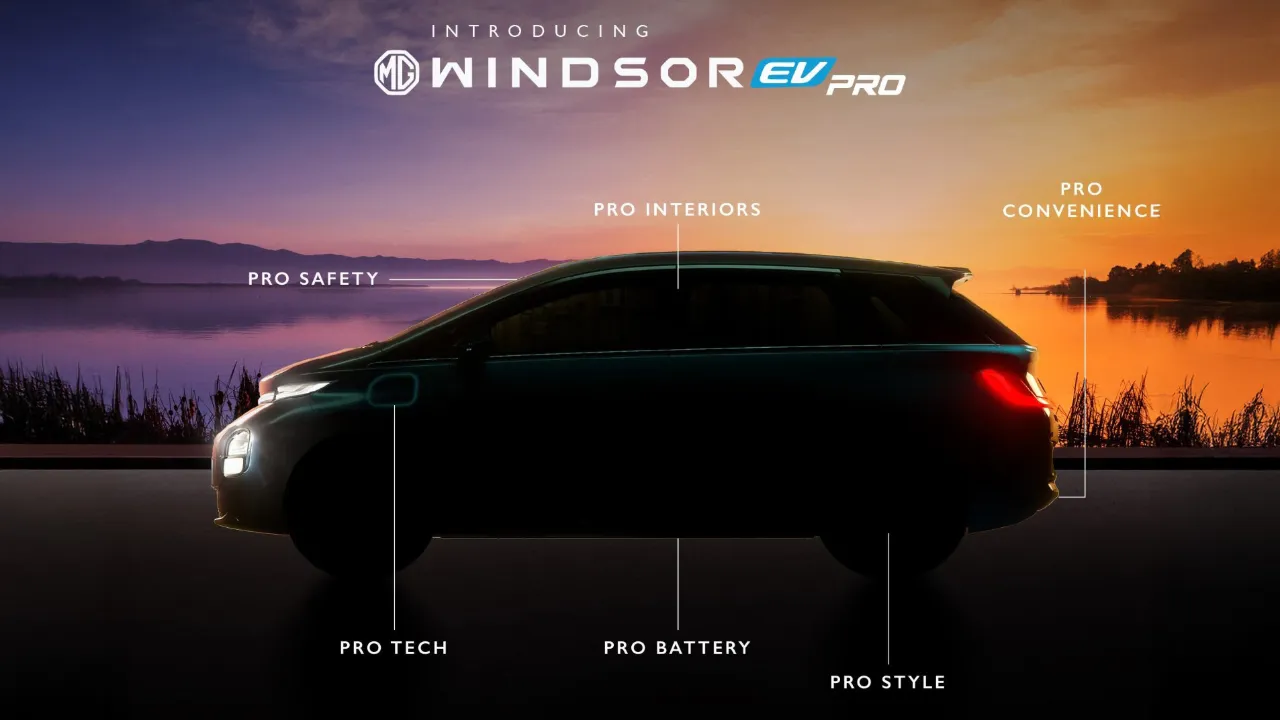
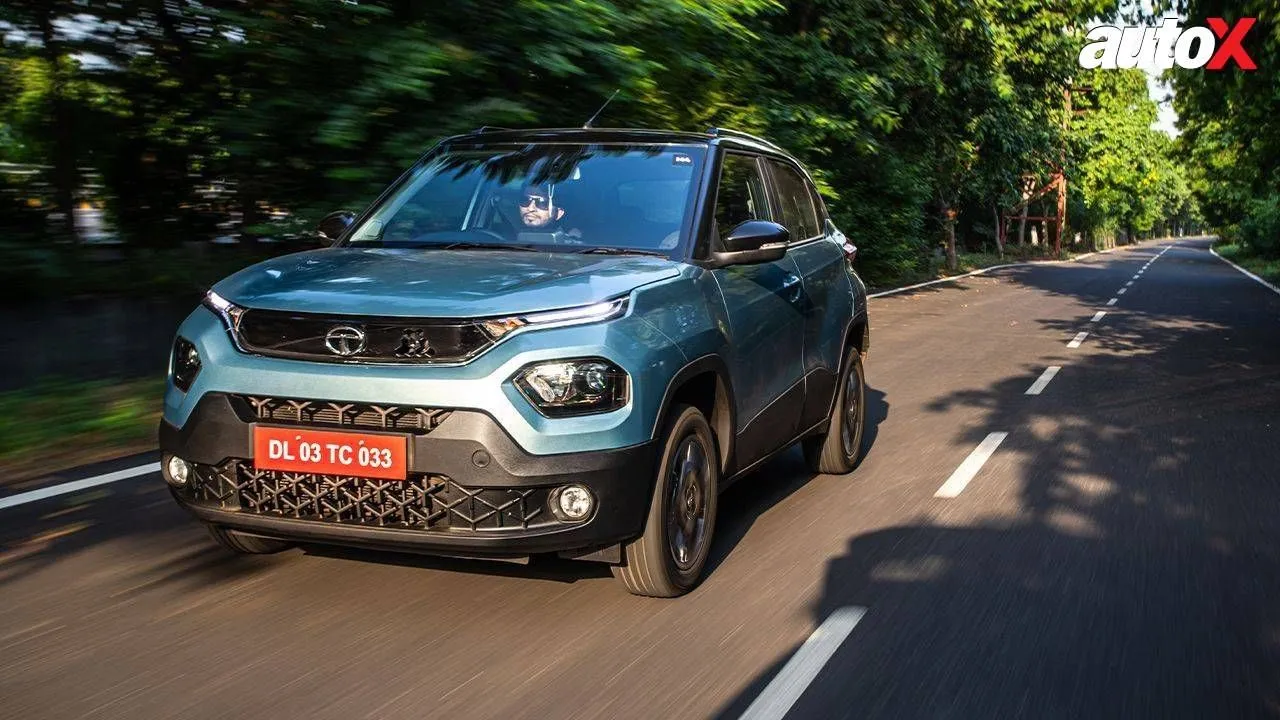
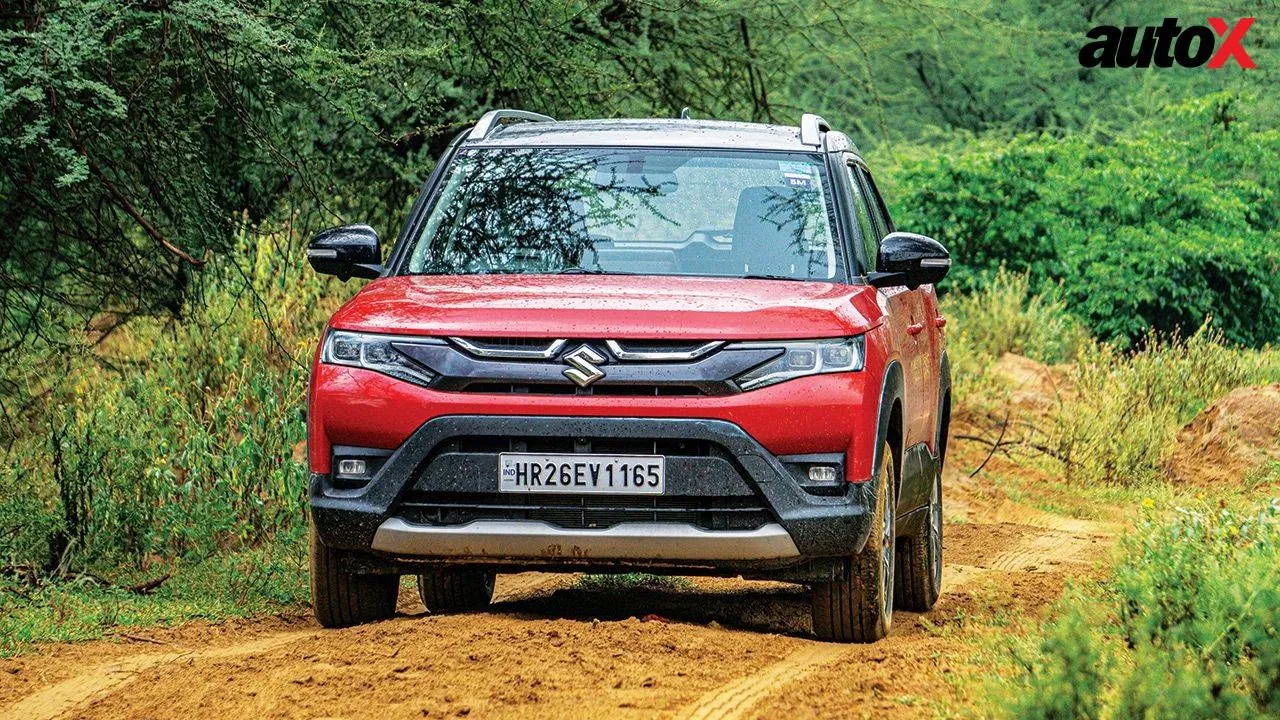





Write your Comment on